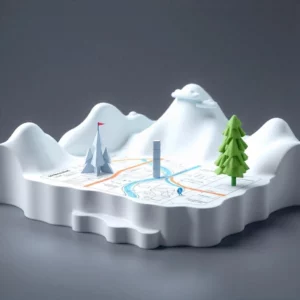Mastering Navigation Design for Seamless Web Experiences
Introduction
Navigation Design is a cornerstone of web design, ensuring users can effortlessly find their way around a website. Well-structured navigation enhances usability, improves user satisfaction, and drives engagement by guiding visitors to key content.
What is Navigation Design in Web Design?

Navigation Design refers to the creation of menus, links, and pathways that help users move through a website. It focuses on structuring and presenting information in a way that is intuitive and efficient.
- Organizes content for easy access.
- Provides clear pathways to essential pages.
- Balances functionality with aesthetics.
Why is Navigation Design Needed in Web Design?
Effective Navigation Design is critical for improving the overall user experience and ensuring website success.
- Enhances Usability: Makes it easier for users to locate desired information.
- Improves Retention: Encourages users to stay longer by reducing frustration.
- Boosts SEO: Clear navigation structures are favored by search engines.
- Drives Conversions: Guides users toward completing desired actions, such as purchases or sign-ups.
Key Design Considerations
To create effective navigation for your website, consider the following:
- Keep it Simple: Use a minimal number of menu items to avoid overwhelming users.
- Prioritize Content: Highlight the most important pages prominently.
- Ensure Consistency: Maintain the same navigation structure across all pages.
- Use Clear Labels: Avoid jargon and use descriptive, user-friendly language.
- Incorporate Responsiveness: Design navigation that works seamlessly on all devices.
Closing Note
Looking to enhance your website’s usability with intuitive Navigation Design? Our team can help create seamless and user-friendly pathways that keep your visitors engaged. Contact us today!
